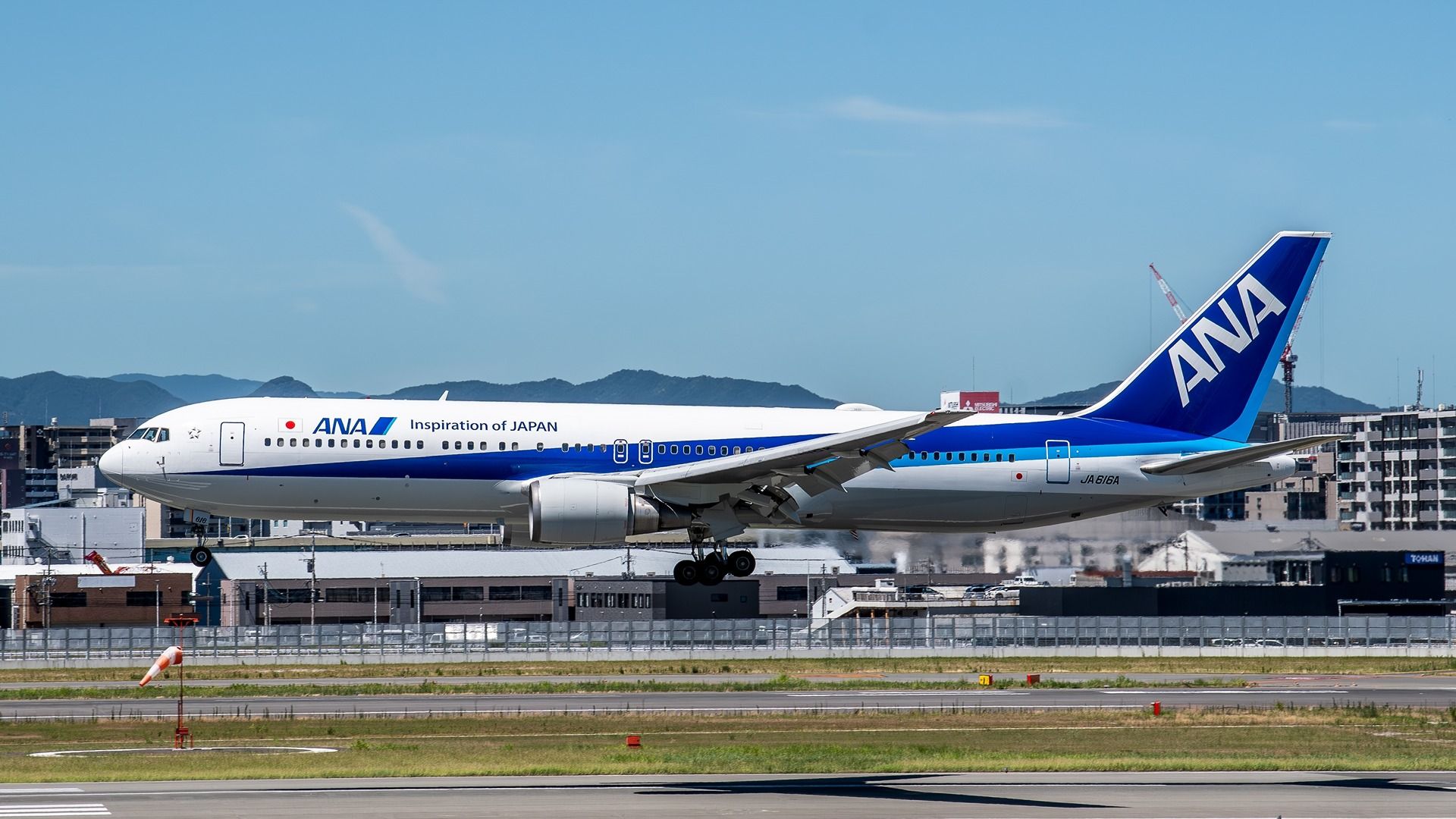Despite the last passenger-configured Boeing 767 being delivered to All Nippon Airways (ANA) in 2011, the aircraft remains a staple in airline fleets around the world. As of March 15, 2025, the Boeing 767 continues to thrive in the global aviation market, particularly on transatlantic routes, where its reliability and efficiency have kept it in high demand.
The Boeing 767 was designed to fill a specific gap in the market during its initial launch in 1982. It was developed concurrently with the Boeing 757 and targeted medium-range, high-density routes. The aircraft’s range, seating capacity, and payload capabilities made it popular among airlines, with approximately 75% of transatlantic flights in the mid-1990s operated by 767s, according to KeyAero.
Delta Air Lines and United Airlines continue to operate significant numbers of 767 jets, both for domestic and international flights. Additionally, the cargo sector has embraced the aircraft, with companies like FedEx and UPS maintaining robust fleets of dedicated freighter models. The cargo variants are set to remain in production until at least 2027, indicating ongoing demand for this versatile aircraft.
The Enduring Appeal of the 767
One of the key advantages of the Boeing 767 is its mid-size dimensions, which allow it to access airports that are often off-limits to larger aircraft like the Boeing 777 or the Airbus A350. This capability is especially valuable for cargo carriers, which require flexibility in their operations. The aircraft’s design enables it to operate in environments where larger jets cannot, providing a significant operational advantage.
As of August 2025, the International Air Transport Association (IATA) reported approximately 666 Boeing 767-300s in operation worldwide, with the total number of all variants estimated at nearly 800. This means the 767 still represents between 12% and 15% of all widebody aircraft in the air today.
In recent years, the emergence of more efficient and higher-capacity twinjets, such as the Airbus A350 and the upcoming Boeing 777X, has not rendered the 767 obsolete. The secondhand market for 767s remains competitive due to their strong performance metrics and lower purchase prices compared to newer models. Operators also appreciate the aircraft’s ease of maintenance and the availability of spare parts.
Delta Air Lines: A Major Player for the 767
Delta Air Lines is a significant reason for the continued presence of the 767 in commercial aviation. Over the past four decades, Delta has operated more than 120 units of the 767 series. Currently, the airline flies around 60 of these aircraft as part of its extensive global network, which heavily relies on the high domestic traffic flowing through its hub at Hartsfield-Jackson Atlanta International Airport (ATL).
Delta’s well-established maintenance, repair, and overhaul (MRO) operations allow the airline to keep its 767s in the air with minimal external support. The company’s balanced business model emphasizes versatile aircraft that can adapt to shifting market demands, making the 767 an integral part of its strategy.
Boeing’s choice to focus on larger and smaller airframes in recent years has led to increased orders for Airbus models among major airlines. To date, Delta has yet to place any orders for the 777X or the 787 Dreamliner, instead continuing to invest in its fleet of 767s until new Airbus A350s become available.
The Boeing 767’s history is equally notable. As Boeing’s first widebody twinjet, it was designed not just as a standalone model but as part of a broader strategy to streamline operations for airlines. The 757 was developed alongside the 767, ensuring compatibility in training, maintenance, and supply chains, which ultimately reduced costs for operators.
In summary, the Boeing 767 remains a vital player in the global aviation landscape more than four decades after its initial introduction. Its unique size, operational flexibility, and enduring popularity among airlines and cargo operators alike suggest that this aircraft will continue to play a significant role in air travel for years to come. The 767’s legacy as a workhorse of the skies is far from over, with its future still looking bright in both passenger and cargo markets.







































































